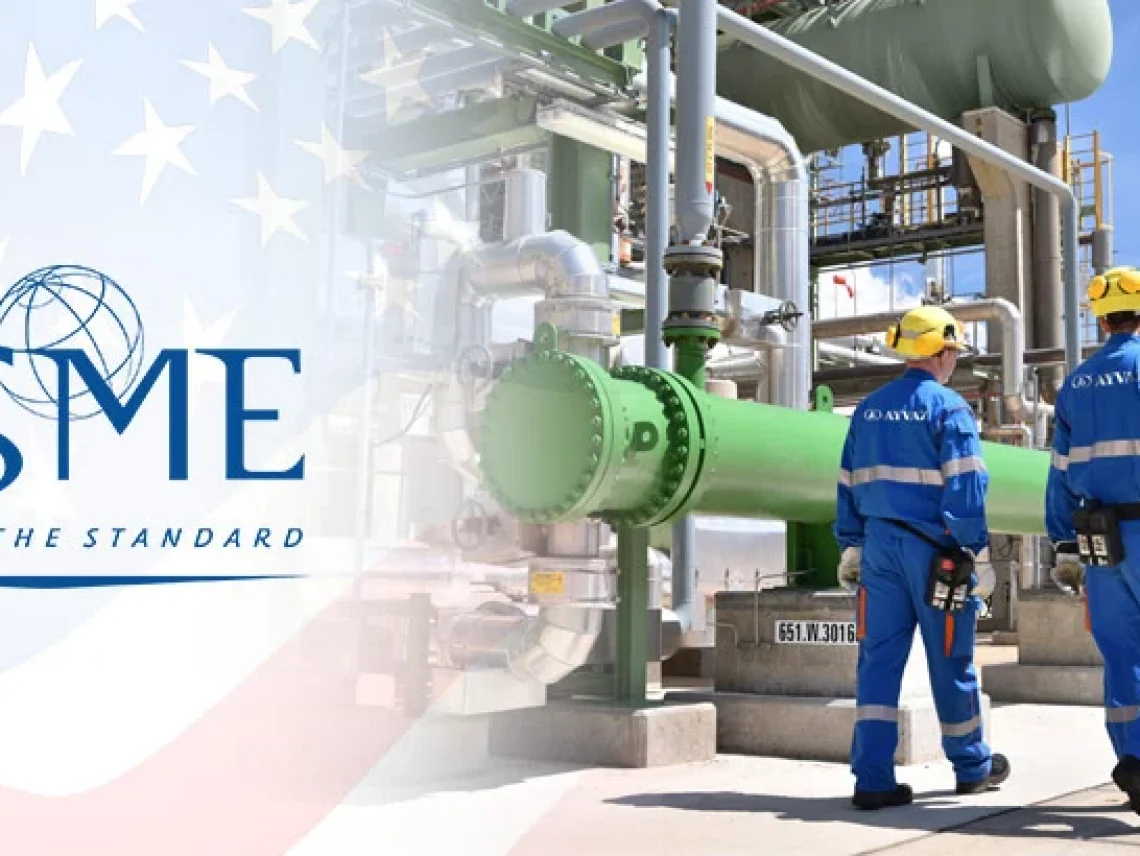
The ASME Boiler and Pressure Vessel Code (BPVC) is a comprehensive set of rules governing the design, manufacturing, inspection, and testing of boilers, pressure vessels, and nuclear power plant components. The purpose of the BPVC is to ensure the safety and reliability of these critical systems, protecting both personnel and property. It achieves this by setting minimum standards for materials, design, fabrication, inspection, testing, and certification.
An ASME Code Stamp is a symbol that a manufacturer affixes to a product to demonstrate its compliance with the applicable sections of the ASME BPVC. This stamp isn’t just a symbol; it represents adherence to a stringent set of standards, rigorous quality control processes, and independent verification. It assures the end-user that the product meets the highest safety and performance requirements.
The benefits of having an ASME Code Stamp are numerous:
Market Access: An ASME Code Stamp is recognized and respected worldwide, opening access to global markets. Customers around the world trust that an
The ASME BPVC is a vast and complex document, divided into several sections, each addressing a specific type of equipment or component. Think of it like chapters in a book, each covering a different aspect of pressure vessel design, manufacturing, and use. Understanding the basic structure of the BPVC is essential for navigating the certification process.
Some of the most commonly relevant sections for pressure vessel manufacturers include:
Each section contains detailed requirements for materials, design, fabrication, inspection, and testing. Manufacturers must identify the sections applicable to their products and ensure strict compliance with all relevant requirements.
Obtaining an ASME Code Stamp is a multi-stage process that requires careful planning, meticulous execution, and a commitment to quality. Here’s a breakdown of the key steps:

Obtaining an ASME Code Stamp is not a one-time event. Maintaining the Code Stamp requires ongoing commitment and vigilance. Manufacturers must adhere to the ASME BPVC, maintain their quality control system, and undergo periodic audits by ASME or its authorized representatives. These audits are designed to ensure that the manufacturer continues to meet the requirements of the ASME code and maintains a robust quality control system. Continuous improvement in quality control is also essential. Manufacturers should constantly seek ways to improve their processes, procedures, and documentation to ensure ongoing compliance and enhance product quality.
Navigating the ASME Code Stamp process can seem complex. Still, by understanding the steps and committing to a robust quality control system, manufacturers can achieve certification and demonstrate their commitment to safety and reliability. The ASME Code Stamp is more than just a symbol; it’s a testament to rigorous standards, meticulous documentation, and continuous improvement. Investing the time and resources into obtaining and maintaining this certification provides significant benefits, from enhanced safety and regulatory compliance to increased market access and customer confidence. It represents a dedication to excellence, aligning with the core values of organizations that prioritize quality and safety in their operations.
The timeline varies depending on the complexity of the product and the readiness of the manufacturer. It can take several months to a year.
Costs include design review, quality control system development, inspection, and application fees.
You will need to address the deficiencies identified and undergo a re-audit.
ASME is a globally recognized standard for pressure vessels, boilers, and related components, emphasizing safety and reliability.
The need for an ASME Code Stamp depends on the application, jurisdiction, and specific regulations.
ASME offers publications, training courses, and workshops to assist manufacturers in understanding and implementing the BPVC.
ASME Code Stamps need to be renewed every three years.
In the realm of industrial solutions, Red River emerges as a pioneer, offering a diverse range of custom-engineered products and facilities. Among our specialties is the design and production of Custom/OEM Pressure Vessels, meticulously crafted to meet individual client requirements, ensuring performance under various pressure conditions. Our expertise extends to the domain of prefabrication, where Red River leads with distinction.
The company excels in creating prefabricated facilities, modules, and packages, reinforcing its stance as a forerunner in innovation and quality. This proficiency is further mirrored in their Modular Skids offering, where they provide an array of Modular Fabricated Skid Packages and Packaged equipment. Each piece is tailored to client specifications, underlining their commitment to delivering precision and excellence in every project they undertake.